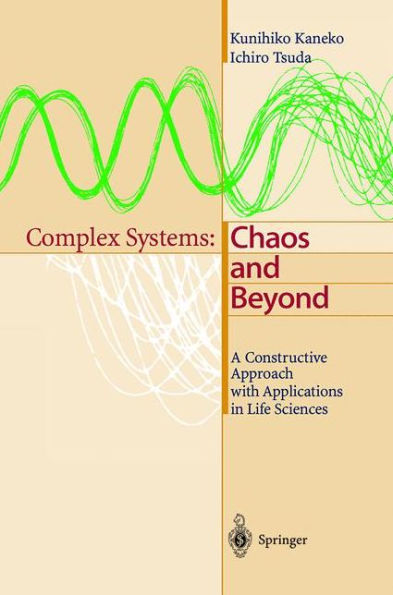5
1
9783540672029


Complex Systems: Chaos and Beyond: A Constructive Approach with Applications in Life Sciences / Edition 1 available in Hardcover

Complex Systems: Chaos and Beyond: A Constructive Approach with Applications in Life Sciences / Edition 1
- ISBN-10:
- 3540672028
- ISBN-13:
- 9783540672029
- Pub. Date:
- 11/10/2000
- Publisher:
- Springer Berlin Heidelberg
- ISBN-10:
- 3540672028
- ISBN-13:
- 9783540672029
- Pub. Date:
- 11/10/2000
- Publisher:
- Springer Berlin Heidelberg
109.99
In Stock

Product Details
| ISBN-13: | 9783540672029 |
|---|---|
| Publisher: | Springer Berlin Heidelberg |
| Publication date: | 11/10/2000 |
| Edition description: | 2001 |
| Pages: | 274 |
| Product dimensions: | 6.10(w) x 9.25(h) x 0.03(d) |
From the B&N Reads Blog
